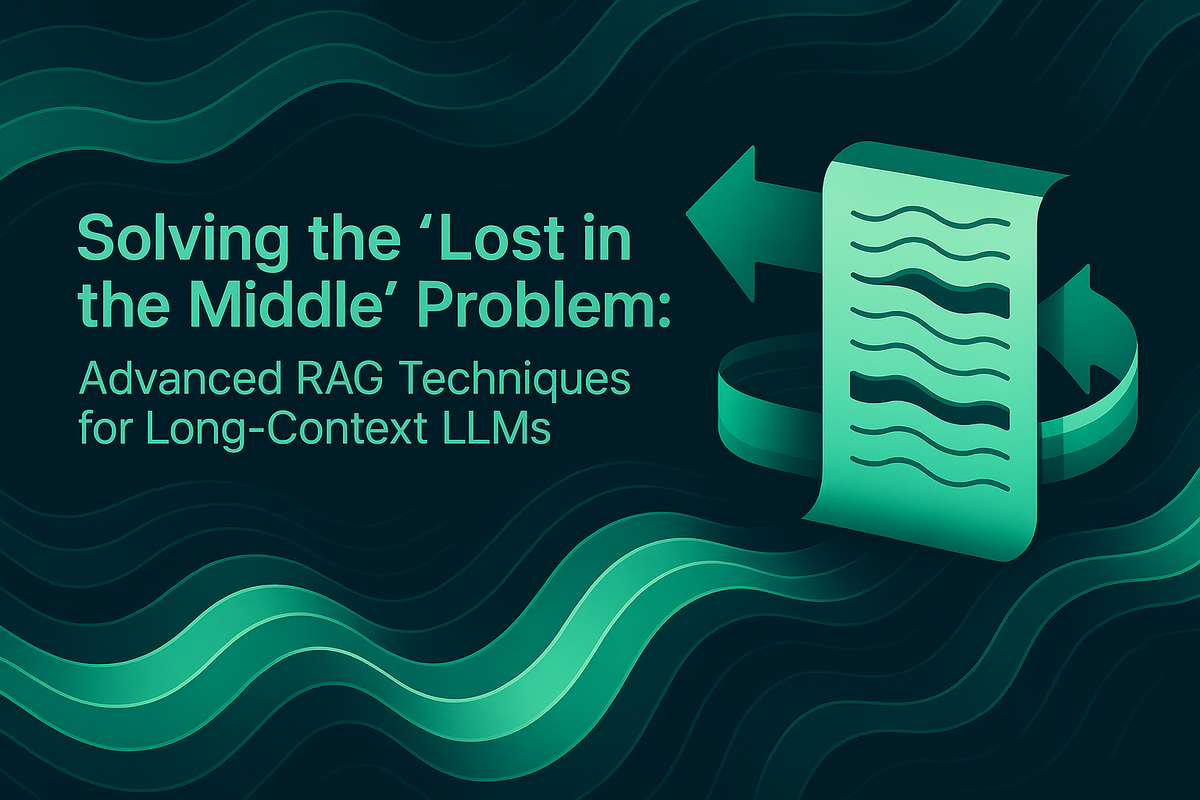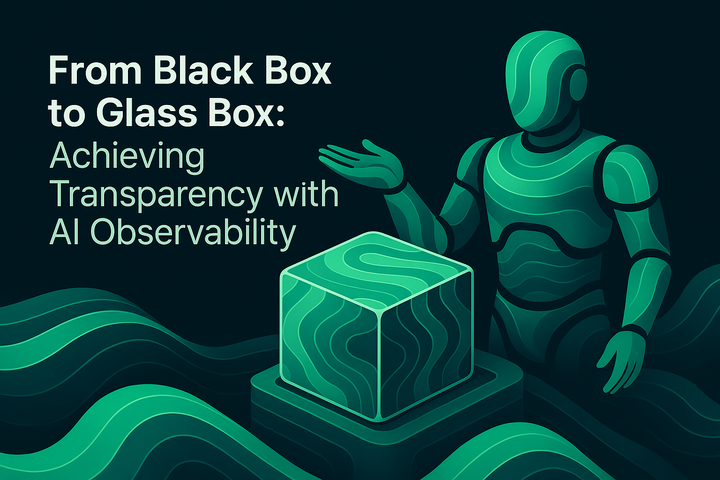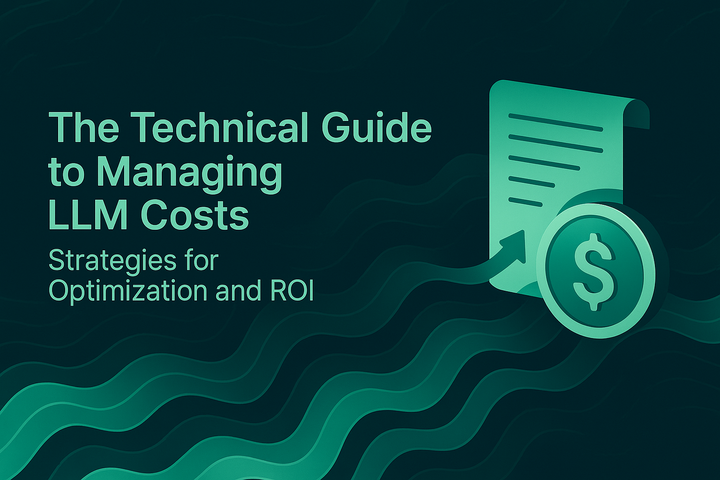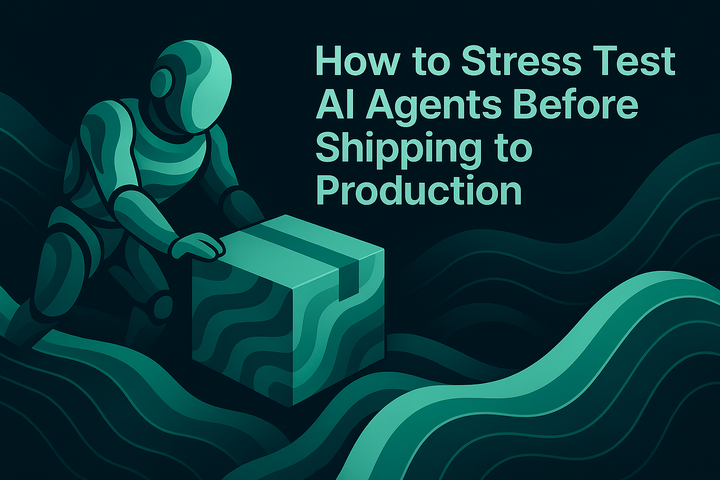Solving the 'Lost in the Middle' Problem: Advanced RAG Techniques for Long-Context LLMs

TLDR: Long-context LLMs often miss information placed mid-sequence (“lost in the middle”), driven by positional biases like RoPE decay.
Production fixes: two-stage retrieval (broad recall + cross-encoder reranking), hybrid search (semantic + BM25), and strategic ordering (top evidence at start and end). Strengthen chunking with contextual retrieval; keep only the most relevant 3-5 documents in the prompt.
Emerging solutions: Ms-PoE, attention calibration, and IN2 training; reduce bias; measure impact with retrieval, reranking, generation, and end-to-end metrics.
Large language models now support context windows extending to millions of tokens, yet research reveals a critical limitation: these models struggle to effectively use information located in the middle of long contexts. This phenomenon, known as the "lost in the middle" problem, poses significant challenges for Retrieval-Augmented Generation (RAG) systems that depend on accurately retrieving and utilizing relevant information from extended document collections.
Understanding the Lost in the Middle Problem
Research from Stanford and the University of Washington demonstrates that LLMs exhibit a U-shaped performance curve when processing long contexts. Models achieve highest accuracy when relevant information appears at the beginning or end of the input context, but performance degrades significantly when critical information is positioned in the middle. This degradation occurs even in models explicitly designed for long-context processing.
The study evaluated models on multi-document question answering and key-value retrieval tasks across context lengths of 10, 20, and 30 documents. Results showed that performance can degrade by more than 30% when relevant information shifts from the start or end positions to the middle of the context window. This represents a fundamental challenge for RAG systems that retrieve multiple documents and concatenate them as context for generation.
The root cause lies in the attention mechanisms and positional encodings used by transformer-based models. Rotary Position Embedding (RoPE), commonly used in modern LLMs, introduces a long-term decay effect that causes models to prioritize tokens at the beginning and end of sequences while de-emphasizing middle content. This architectural bias persists regardless of document order randomization.
Strategic Context Ordering and Reranking
The most immediate solution to the lost in the middle problem involves strategic ordering of retrieved documents before passing them to the LLM. Rather than presenting documents in arbitrary or chronologically ordered sequences, advanced RAG systems employ reranking models to position the most relevant content at optimal locations within the context window.
Two-Stage Retrieval Architecture
Modern RAG pipelines implement a two-stage retrieval approach that separates initial retrieval from relevance refinement. The first stage uses efficient vector similarity search to retrieve a larger set of candidate documents, typically 20-100 results. This prioritizes recall over precision, ensuring relevant documents are captured even if not perfectly ranked.
The second stage applies sophisticated reranking models that evaluate each document's relevance to the query with greater precision. Cross-encoder models like BERT-based rerankers jointly encode the query and document, enabling them to capture semantic relationships that bi-encoder embeddings miss. These models assign refined relevance scores and reorder documents accordingly.
Research shows that reranking can improve retrieval accuracy by 15-30% compared to embedding-based retrieval alone. The key advantage is that rerankers analyze query-document pairs at inference time with full context, whereas embeddings compress documents into fixed vectors before queries arrive, resulting in information loss.
Optimal Document Positioning
After reranking, the strategic placement of documents becomes critical. Based on the U-shaped performance curve, the most effective approach positions the highest-ranked documents at the beginning and end of the context window, with lower-ranked documents in the middle. This context ordering strategy leverages the model's inherent attention biases rather than fighting against them.
Some systems implement "attention sorting" where documents are iteratively reordered based on attention scores from preliminary passes, ensuring critical information aligns with positions where the model naturally focuses. While this approach requires multiple inference runs, it can significantly improve accuracy for high-stakes applications.
Advanced Architectural Solutions
Beyond reranking, recent research has produced architectural innovations that address the root causes of the lost in the middle problem.
Multi-Scale Positional Encoding
Researchers have developed Multi-scale Positional Encoding (Ms-PoE), a plug-and-play approach that enhances LLM capacity to handle information in the middle of contexts without requiring fine-tuning. Ms-PoE works by applying different position index scaling ratios to different attention heads, creating a multi-scale context fusion that preserves both short-range and long-range dependencies.
This technique addresses the long-term decay effect introduced by RoPE by rescaling position indices for specific attention heads while maintaining the knowledge learned during pre-training. Evaluations on multi-document question answering and key-value retrieval tasks show Ms-PoE improves middle-position accuracy by 20-40% compared to baseline models, with no additional computational overhead or memory requirements.
Found-in-the-Middle Attention Calibration
The "found-in-the-middle" calibration mechanism represents another breakthrough in addressing positional attention bias. This approach intervenes directly in the attention distribution to reflect relevance rather than position, counteracting the inherent U-shaped bias.
By quantifying positional bias through systematic variation of context placement, researchers calibrate attention weights to be position-agnostic. This enables models to attend to relevant contexts more faithfully regardless of their position in the input sequence, significantly improving performance on long-context utilization tasks.
Information-Intensive Training
Microsoft Research introduced Information-Intensive (IN2) training, a specialized training approach that teaches models to process crucial information from anywhere within long contexts. The FILM-7B model, trained using this methodology on Mistral-7B, demonstrates substantially better information retrieval from 32K context windows while maintaining performance on short-context tasks.
IN2 training synthesizes diverse datasets where relevant information appears at various positions, forcing the model to develop position-invariant attention patterns during the training phase rather than relying on post-hoc corrections.
Hybrid Search and Contextual RAG
Modern RAG architectures combine multiple retrieval strategies to maximize both recall and precision while addressing the lost in the middle problem.
Hybrid Search Implementation
Hybrid search systems merge semantic vector search with keyword-based methods like BM25 or TF-IDF. Semantic search excels at understanding conceptual similarity and handling paraphrased queries, while keyword search captures exact matches and domain-specific terminology that embeddings might miss.
The hybrid approach retrieves candidates from both systems, then applies reranking to select the optimal subset. This dual-retrieval strategy increases the likelihood that relevant documents make it into the initial candidate set, reducing the risk of missing critical information due to limitations of any single retrieval method.
Contextual Retrieval
Anthropic's contextual retrieval approach addresses a related challenge: maintaining document-level context when chunking. Traditional chunking breaks documents into smaller segments that may lose important surrounding context. Contextual retrieval prepends each chunk with document-level context generated by an LLM, ensuring that individual chunks retain their relationship to the broader document.
When combined with hybrid search and reranking, contextual retrieval creates a robust pipeline that mitigates multiple failure modes simultaneously: poor initial retrieval, loss of context during chunking, and suboptimal document ordering for the generation model.
Implementing RAG Solutions in Production
Successfully deploying these advanced techniques requires careful consideration of performance, cost, and system complexity trade-offs.
Selecting Reranking Models
The choice of reranking model significantly impacts both accuracy and latency. Cross-encoder models like BERT provide superior accuracy but process each query-document pair independently, resulting in high computational costs for large candidate sets. Models like ColBERT offer a middle ground with late interaction mechanisms that provide better efficiency while maintaining strong performance.
For production systems, consider the following factors when selecting a reranking model:
- Latency requirements: Cross-encoders may add 50-200ms per document, which multiplies across candidates
- Throughput needs: Batch processing capabilities vary significantly across model architectures
- Domain specificity: Models fine-tuned on domain-specific data substantially outperform generic rerankers
- Integration complexity: APIs from providers like Cohere offer simple integration, while custom models provide more control
Chunking Strategy Optimization
Chunk size critically impacts RAG performance since retrieval operates on chunks rather than full documents. Typical chunk sizes range from 100-600 tokens, balancing between including sufficient context and fitting within constraints. Larger chunks provide more context but reduce granularity, while smaller chunks enable precise retrieval but may lose important surrounding information.
Experimentation with different chunking strategies, overlap settings, and contextual augmentation methods is essential for optimizing RAG system performance. The optimal configuration varies based on document characteristics, query types, and specific application requirements.
Managing Context Window Constraints
Even with 100K+ token context windows, research shows that LLM recall degrades as context length increases. Systems should retrieve generously during the initial stage to maximize recall, then aggressively filter during reranking to keep only the most relevant 3-5 documents for generation. This approach balances comprehensive retrieval with optimal LLM performance.
Monitoring and Evaluating RAG Performance
Implementing advanced RAG techniques without proper evaluation and observability leaves teams unable to measure improvements or identify regressions. Comprehensive RAG evaluation should assess multiple dimensions of system quality.
Multi-Dimensional RAG Metrics
Effective RAG monitoring requires tracking metrics across the entire pipeline:
- Retrieval quality: Precision, recall, and Mean Reciprocal Rank (MRR) for the initial retrieval stage
- Reranking effectiveness: Normalized Discounted Cumulative Gain (NDCG) measuring how well reranking improves document ordering
- Generation quality: Faithfulness to retrieved context, completeness of answers, and factual accuracy
- End-to-end performance: User satisfaction, task completion rates, and downstream business metrics
RAG observability platforms enable teams to trace individual queries through each pipeline stage, identifying where failures occur and correlating them with specific documents or retrieval strategies.
Continuous Evaluation in Production
Production RAG systems require ongoing evaluation to detect quality degradation as document collections evolve and user query patterns shift. Automated evaluation using LLM-as-a-judge approaches can assess generation quality at scale, while periodic human evaluation provides ground truth for calibrating automated metrics.
Organizations should curate golden test sets representing diverse query types and difficulty levels, then continuously evaluate system performance against these benchmarks as they deploy new reranking models, adjust chunking strategies, or modify document positioning approaches.
Simulation for Pre-Production Testing
Before deploying RAG improvements to production, AI simulation environments enable teams to test system behavior across hundreds of synthetic scenarios and user personas. This identifies potential failure modes and measures the impact of architectural changes without risking user-facing quality.
Simulation is particularly valuable for evaluating how different reranking models, context ordering strategies, and hybrid search configurations perform across diverse query types and document characteristics.
Conclusion
The lost in the middle problem represents a fundamental challenge for RAG systems leveraging long-context LLMs. While architectural solutions like Multi-scale Positional Encoding and attention calibration show promise, practical production systems benefit most from strategic combinations of reranking, hybrid search, contextual retrieval, and intelligent document positioning.
Success requires continuous experimentation, rigorous evaluation, and comprehensive observability across the entire RAG pipeline. As LLM context windows continue to expand, the techniques for effectively utilizing those contexts will remain critical differentiators for high-quality AI applications.
Teams building production RAG systems need robust tooling for evaluation, monitoring, and iterative improvement. Maxim's AI evaluation and observability platform provides comprehensive support for RAG development, from simulation-based testing to production monitoring and automated quality assessment. Schedule a demo to learn how Maxim can help you build reliable, high-performance RAG systems that effectively leverage long-context capabilities.


